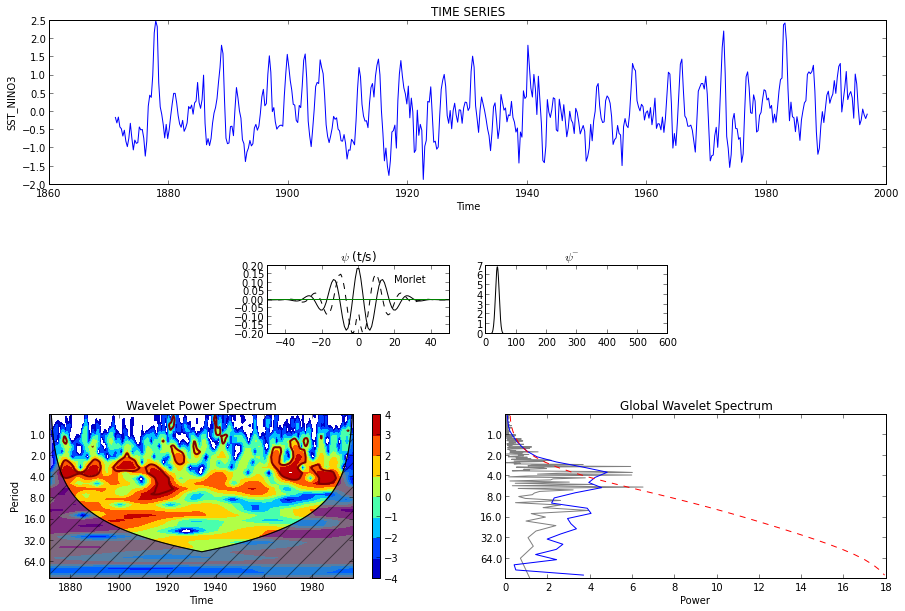

It has been evidently found that wavelet transform is more effective in the image compression, as recognition performance is minimally affected and the use of Haar transform is ideally suited. The results have been examined in terms of Peak signal to noise ratio (PSNR), Mean square Error (MSE), Bit per Pixel Ratio (BPP) and Compression ratio (CR). In this paper, Haar wavelet transform is utilized for image compression and image decomposition, by varying the decomposition level. This paper has investigated the effects of compression particularly for iris image based on wavelet transformed image, using Spatial-orientation tree wavelet (STW), Embedded Zero tree Wavelet (EZW) and Set Partitioning in hierarchical trees (SPIHT), to identify the most suitable image compression.
FAST WAVELET TRANSFORM SCILAB FULL
Though a full resolution of iris image is preferred for accurate recognition of individual, to minimize time in a narrow-bandwidth channel for emergency identification, image compression should be used to minimize the size of image. The portable device, however, requires a narrow-bandwidth communication channel to transmit iris code or iris image. Portable iris system mostly used in law enforcement applications, has been increasing more rapidly. The purpose of this project is to investigate some of the mathematics behind the FFT, as well as the closely related discrete sine and cosine transforms. Iris recognition system for identity authentication and verification is one of the most precise and accepted biometrics in the world. The Fast Fourier Transform (commonly abbreviated as FFT) is a fast algorithm for computing the discrete Fourier transform of a sequence.


 0 kommentar(er)
0 kommentar(er)
